Writing and producing Cheryl Cole's Fight For This Love

Producing pop
When we talk of hit records, we’re mostly talking about pop music, chart-topping household names and bright-faced young performers. Behind all the glitz and the glam of pop, though, is the recording industry at its most, well, industrial. Plugging away unseen are PR teams, radio pluggers, A&R men and record producers.
Wayne Wilkins is one such producer. Born in the UK but practising his craft in the sunny climes of LA, he’s worked with and produced some of the biggest names in pop, including Beyoncé, Delta Goodrem, Natasha Bedingfield, Alexandra Burke and Cheryl Cole.
So what are the fundamentals of producing pure, catchy pop? “There’s always got to be some sort of identifiable thing in there,” explains Wayne. “If you look at Sweet Dreams by Beyoncé or These Words by Natasha Bedingfield, there’s a character in there that people hook onto.
“Strangely, a lot of the magic comes from not really thinking about it. Often, there will be songwriters in the room, or we’ll just throw in a beat, jump in with ideas and create some chaos.”
Wayne is a classically trained musician, but he tries not to make decisions based purely on music theory. “I always try to subconsciously do stuff, rather than think, ‘Let’s try this chord,’” he says.
One of the main concerns for the professional producer is being able to deliver on demand. “When you’re writing a song for the first time with somebody and you don’t know them, and the label’s paying, you have to use that energy to create something. I always find I get much better results when there’s pressure.”
In this walkthrough, Wayne takes us through the production of one of the biggest Number One singles of recent years - Cheryl Cole’s Fight For This Love.
For an in-depth guide to hit-making, featuring contributions from DJ Fresh, Aquasky, James Reynolds, Chicane and more, check out the October issue of Computer Music (CM169) which is on sale now.
NEXT: Making Fight For This Love
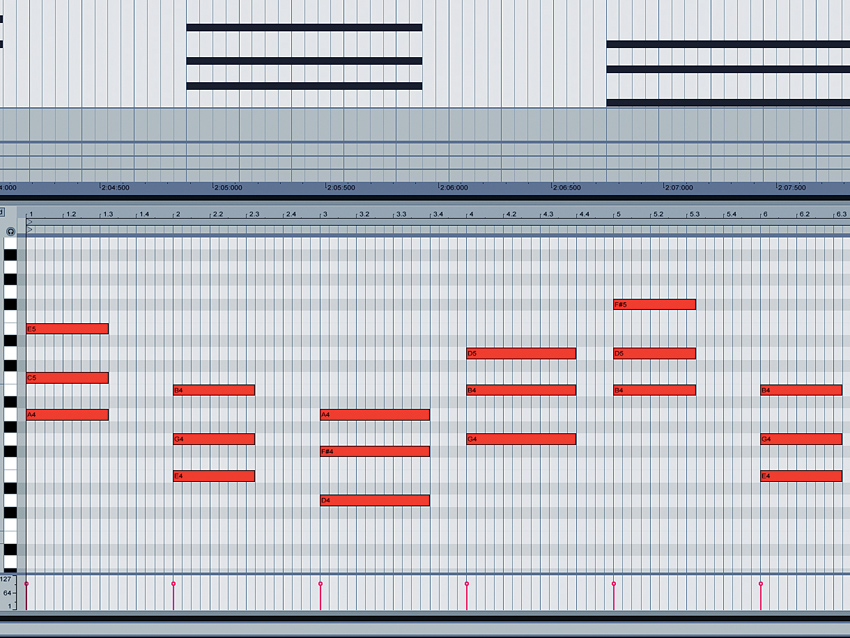
Chords
Step 1: “I started experimenting and fell on the final chords, which I’d never used in a song before. When I played them with a Virus patch I was using, they created an instant mood. This is often how progressions come about! The chords here are Am, Em, D, G, Bm, Em.”
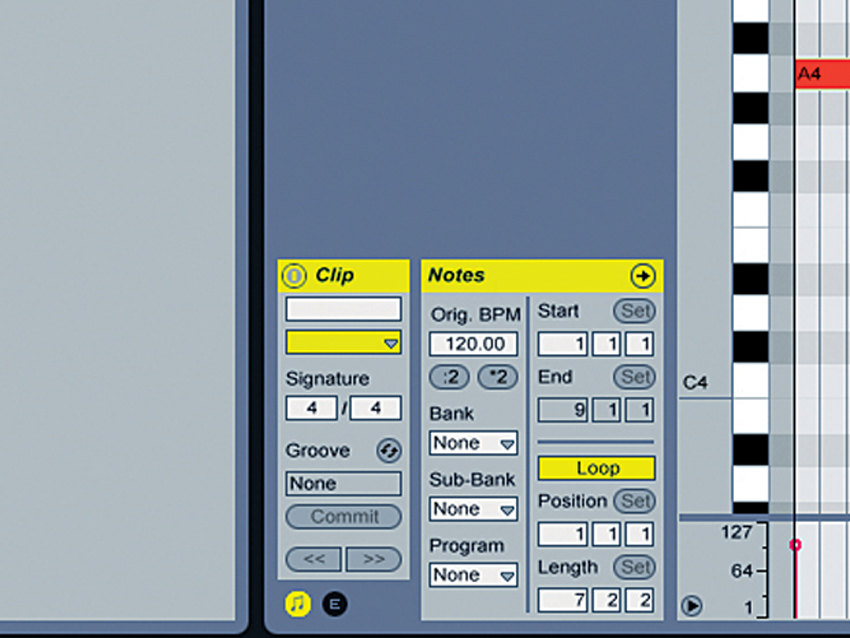
Tempo
Step 2: “If I’m writing a radio record, there are certain tempos I shoot for. This is crucial because it affects the type of song you write and its energy. I like to use tempos around the following: 87, 93, 97, 104, 107, 116, 120, 126, 128, 140 and 150bpm, with the last two double-time to get bounce when programming. Fight For This Love is at 123bpm. I started it at 120, though, and adjusted afterwards.”
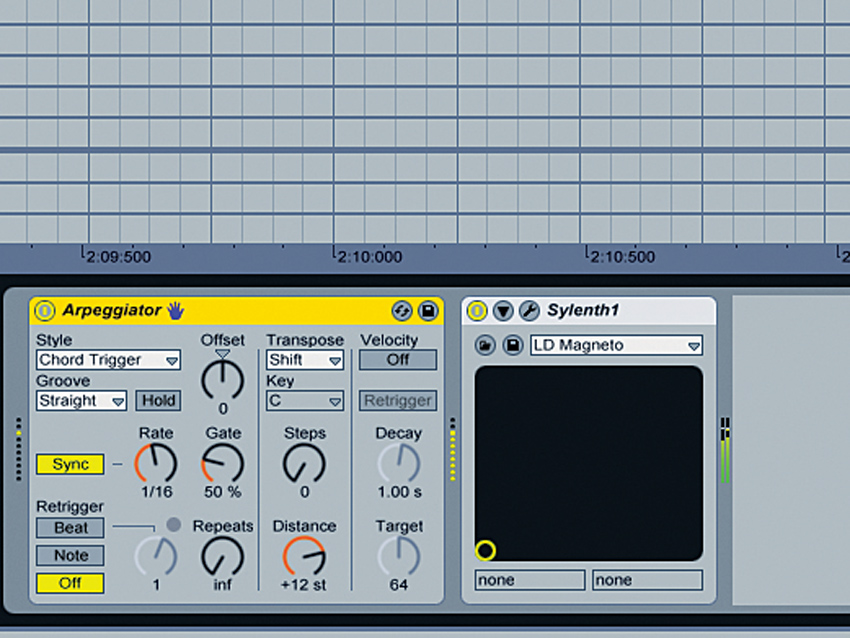
Arpeggiated sound
Step 3: 2 “Sound-wise, the first one used with this song was the Virus arpeggiated sound - that gave the R&B-style chords more of a pop vibe. The chords are held and arpeggiated at a rate of 16th-notes. I generally always start with a beat, because then when I play piano along with it, it helps me find interesting rhythms in the music.”
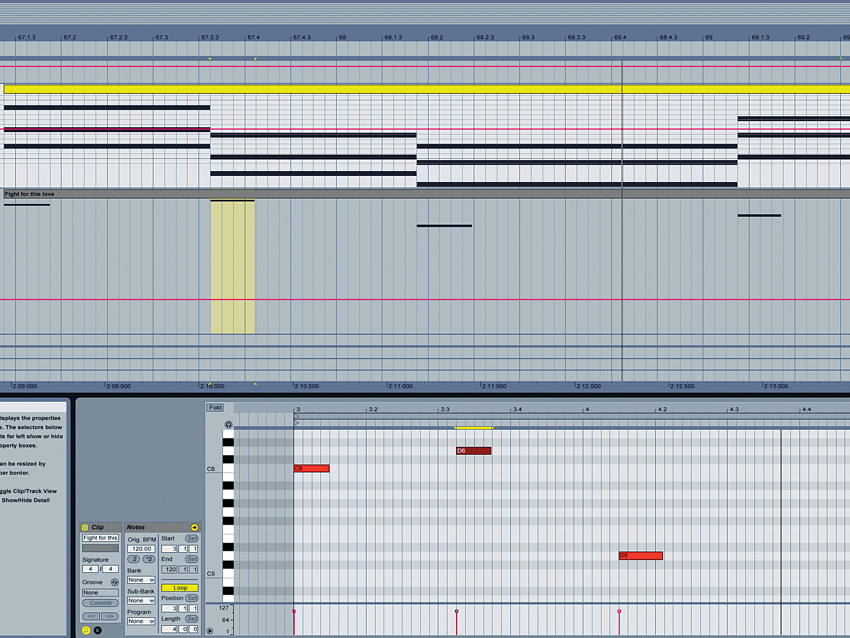
Pre-hook
Step 4: “The pre-hook has a celeste and cello pad that lift the section. The lyric is touching, and strings always help to enhance that feeling. There’s also the bright single-note key/piano sound, which follows a variation of the main chord progression using different voicing. Both elements make this section sweeter and add to the high end.”
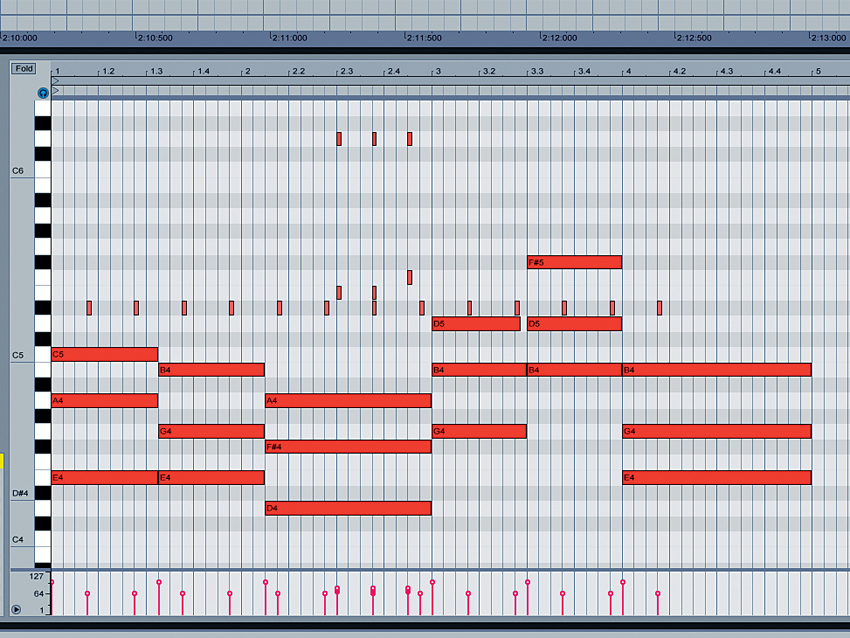
Additional sounds
Step 5: “Most contemporary songs have chords that repeat, and that’s in part what keeps them feeling young and current. As a rule of thumb, the more complicated something gets, the harder it becomes to listen to. In Fight For This Love, I added a high octave to the Virus arp part for excitement, and there are pitched 808s playing the bassline.”
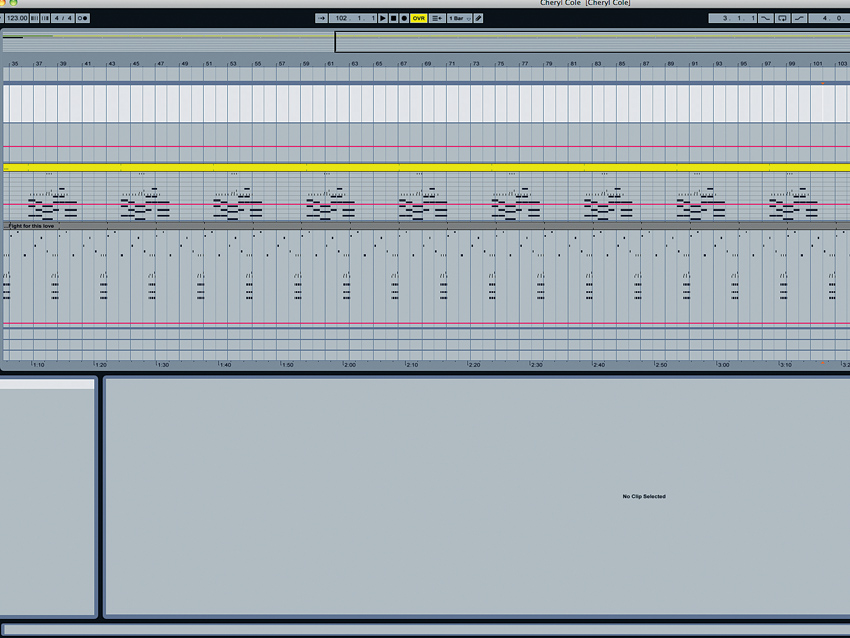
Arrangement
Step 6: “The structure is: intro, verse, verse B, pre-hook, hook, verse, pre-hook, hook, bridge, hook. The verse B section is basically a variation on the melody - it just turned out that way and felt great, so we kept it like that. Usually, verses have the same overall melody. Generally I try to keep every song to 3:30, as radio stations like that length.”
Liked this? Now read: How to sound like a pro artist in your DAW

Computer Music magazine is the world’s best selling publication dedicated solely to making great music with your Mac or PC computer. Each issue it brings its lucky readers the best in cutting-edge tutorials, need-to-know, expert software reviews and even all the tools you actually need to make great music today, courtesy of our legendary CM Plugin Suite.









